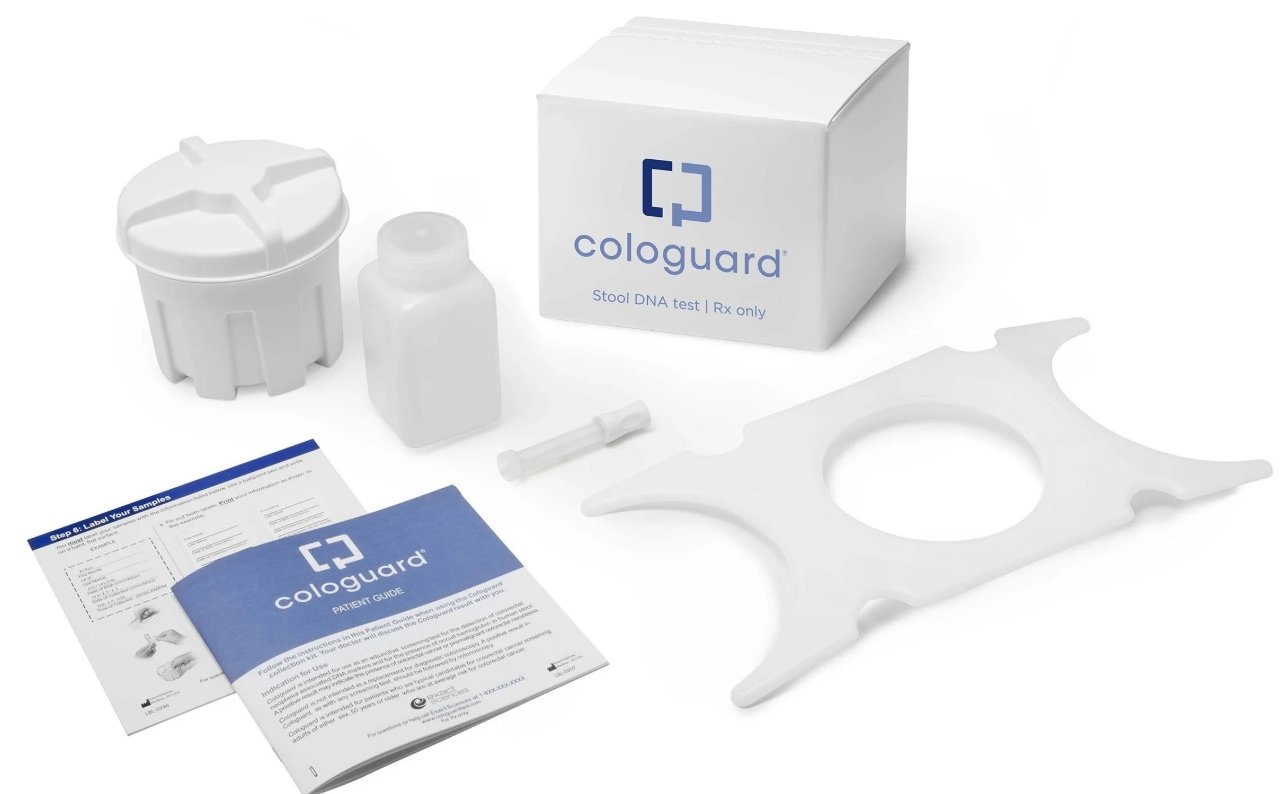
In an insightful interview with BioSpectrum Asia, Shaun Rothwell, CEO of EVŌQ Nano, reveals the transformative potential of EVQ-218, a next-generation antimicrobial solution developed to tackle antibiotic-resistant infections. Unlike conventional silver nanoparticles, EVQ-218 employs a unique non-ionic mechanism that eliminates harmful bacteria from within, sidestepping the pathways that typically lead to antimicrobial resistance (AMR). Rothwell explains how EVQ-218’s ultrastable shell structure enhances safety and efficacy, its effectiveness against top antibiotic-resistant pathogens, and its promising applications in treating cystic fibrosis-related pulmonary infections and preventing catheter-associated infections
Q: How does EVQ-218's non-ionic silver nanoparticle mechanism avoid triggering antimicrobial resistance?
EVQ-218 has been characterized as a new form of silver by the Journal of the American Chemical Society, ACS Omega. Unlike conventional antibacterial agents and nanosilvers that often trigger antimicrobial resistance (AMR) by rupturing bacterial cell walls, EVQ-218 employs a novel mechanism of action that kills bacteria from the inside.1 Here’s how it works:
Q: What makes EVQ-218 effective against the top six antibiotic-resistant pathogens identified by the WHO?
EVQ-218 is the first stable, nonemissive, pure silver nanoparticle. Its efficacy is rooted in EVQ-218's ability to disrupt bacteria’s metabolic processes without triggering AMR, opening opportunity for widespread therapeutic use.
Q: How does the ultrastable shell structure of EVQ-218 contribute to its safety and efficacy?
The ultrastable shell structure completely inhibits ion emission — a first for a pure metal nanoparticle. The ions in traditional silver have hindered its medical applications due to toxicity risks and limited stability. With its non-ionic properties, EVQ-218 delivers effective antimicrobial action free of cytotoxicity.1
Q: What advantages does EVQ-218 offer over traditional silver-based antimicrobial therapies?
EVQ-218 meets the highest standards set by the National Institute of Standards and Technology (NIST) while avoiding the limitations and safety risks of other nanosilvers. EVQ-218 nanoparticles demonstrate greater stability, exhibit a true “bare” surface chemistry, and are less likely to degrade or transform compositionally over time.1
Q: Can you elaborate on the potential impact of EVQ-218 in treating pulmonary bacterial infections in cystic fibrosis patients?
EVŌQ Nano received two grants from the Cystic Fibrosis Foundation to help develop and test an inhaled therapeutic using EVQ-218 to eliminate bacterial growth in the lungs. In vitro studies found EVQ-218 demonstrated efficacy against pathogens linked to pulmonary infections. In vivo studies conducted to date demonstrate early safety and toxicity data, generating an initial safety profile of EVQ-218:
Q: How is EVQ-218 being applied in collaborations with catheter manufacturers to reduce healthcare-associated infections?
The majority of healthcare-associated infections (HAIs) are associated with indwelling devices, with catheter-associated urinary tract infections (CAUTIs) representing the most common type.7 Rising antimicrobial resistance has compounded this health threat — as up to one-third of CAUTIs in the U.S. are drug resistant.8
In collaboration with leading catheter manufacturers, extensive lab testing on catheters, luers, and fittings manufactured with EVQ-218 nanoparticles infused throughout the polymer, demonstrated:
References
Kennon BS, Niedermeyer WH. EVQ-218: Characterization of high-energy nanoparticles that measure up to NIST standards. ACS Omega. 2024;9(7):7891-7903. doi: 10.1021/acsomega.3c07745
Cakic M, Glisic S, Nikolic G. Synthesis, characterization and antimicrobial activity of dextran sulphate stabilized silver nanoparticles. J Mol Struct. 2016;1110:156–161. doi: 10.1016/j.molstruc.2016.01.040
Yan X, He B, Liu L, Qu G, Shi J, Hu L, Jiang G. Antibacterial mechanism of silver nanoparticles in Pseudomonas aeruginosa: Proteomics approach. Metallomics. 2018;10:557–564. doi: 10.1039/C7MT00328E
Gamboa SM, Rojas ER, Martínez VV, Vega-Baudrit J. Synthesis and characterization of silver nanoparticles and their application as an antibacterial agent. Int J Biosen Bioelectron. 2019;5(5):166-173. doi: 10.15406/ijbsbe.2019.05.00172
Rajeshkumar S, Bharath LV. Mechanism of plant-mediated synthesis of silver nanoparticles—A review on biomolecules involved, characterisation and antibacterial activity. Chem Biol Interact. 2017;273:219–227. doi: 10.1016/j.cbi.2017.06.019
Mikhailova EO. Silver nanoparticles: mechanism of action and probable bio-Application. J Funct Biomater. 2020 Dec; 11(4): 84. Published online 2020 Nov 26. doi: 10.3390/jfb11040084
Health Care-Associated Infections. Patient Safety Network. Published September 7, 2019. Accessed November 21, 2023. https://psnet.ahrq.gov/primer/health-care-associated-infections
Werneburg GT. Catheter-associated urinary tract infections: current challenges and future prospects. Res Rep Urol. 2022; Apr 4;14:109-133. doi: 10.2147/RRU.S273663. PMID: 35402319; PMCID: PMC8992741




